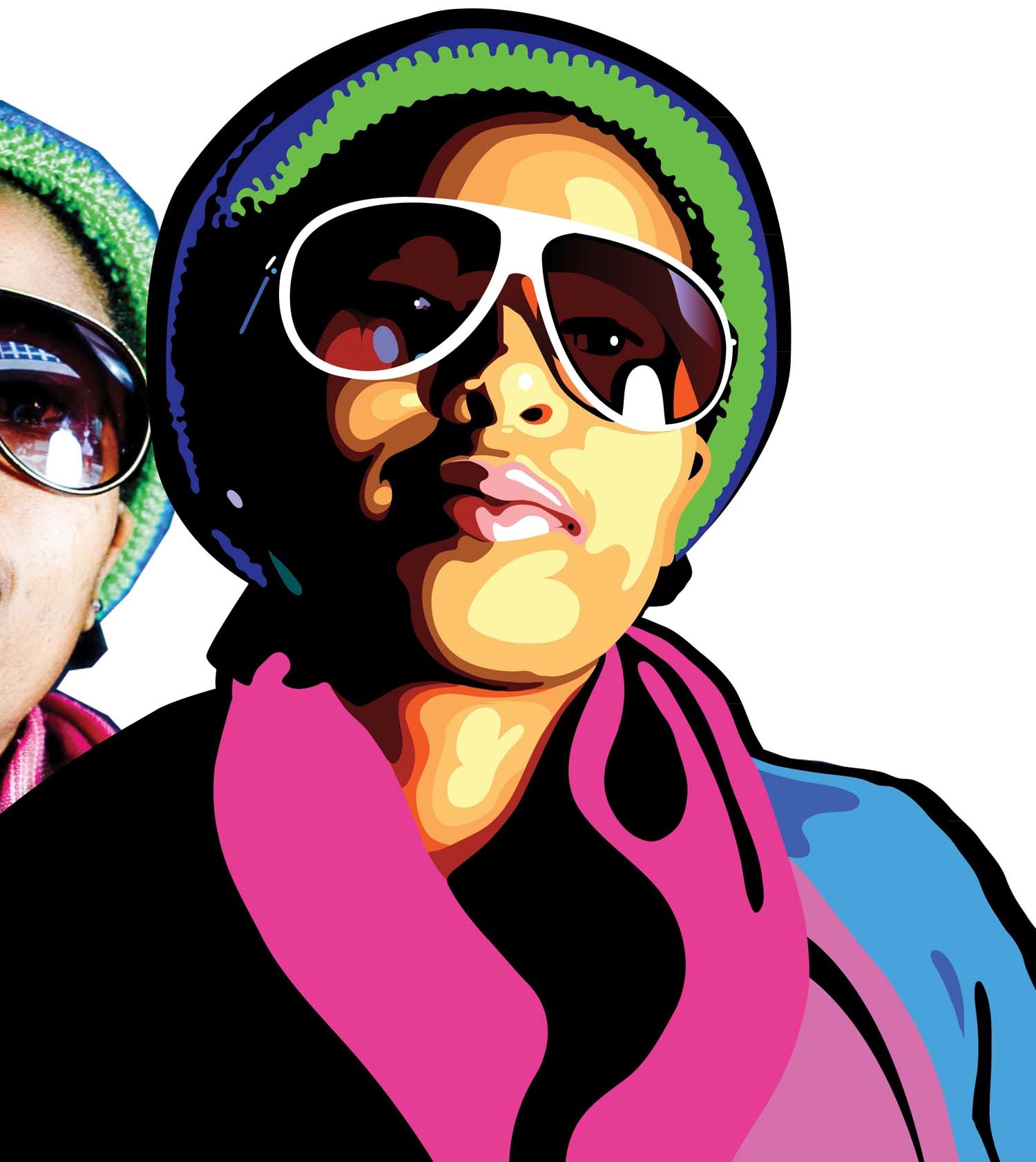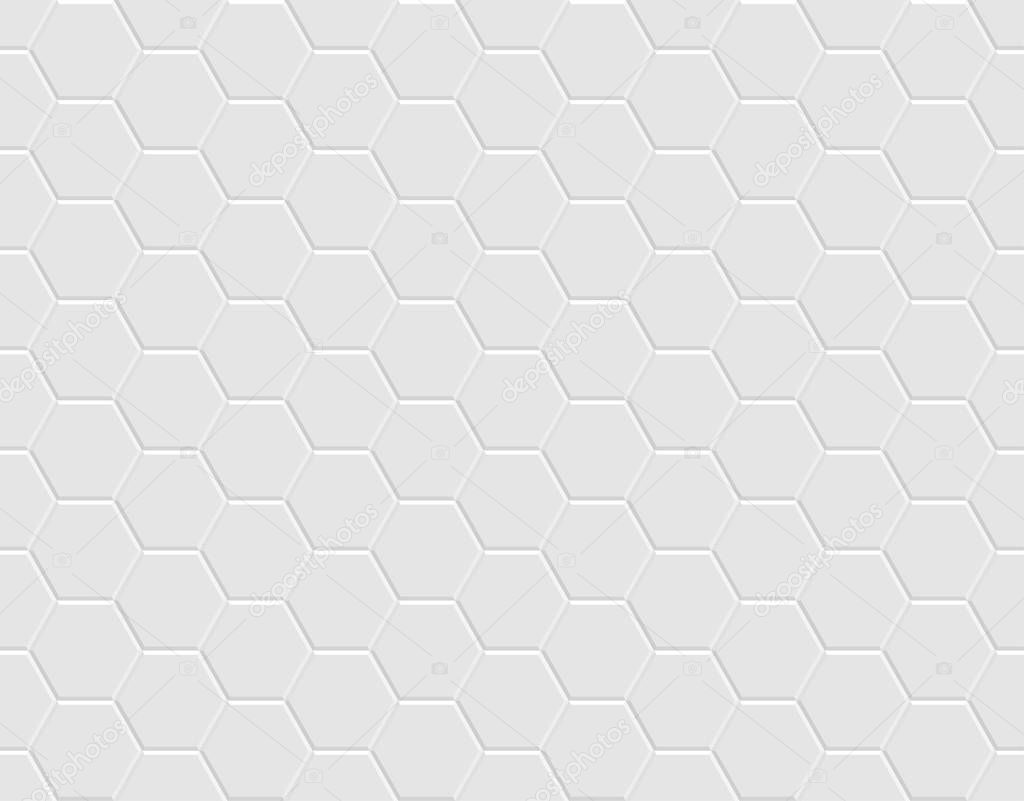

There are ways to use other file formats, but the type of work you are having done will ultimately determine whether or not you will need vector files or not. “Do I always need a vector file if I’m having design work done?” It’s important to have a brand identity kit for your organization that contains this version of your logo among many other things. If there is no vector version available, often they can be recreated from a raster graphic, depending on its complexity and quality. Get in touch with the original designer of your logo to find out if a vector version of your logo was ever produced and request a copy of it. “So what if I don’t have a vector version of my logo?” If you ever plan on having graphic design work done or want your logo placed on promotional items you will be asked for vector graphics files. While you may not ever personally use these files, or even have the programs to open them, it is very important NOT to delete your vector image files. Most people will refer to vector graphics as an.
#Illustrator vectorize image software#
Jpg and other pixel based files will loose file data every time they are opened and saved.įor the everyday user, vector graphics are something you will rarely use if you don’t have the software to open them (such as Adobe products and QuarkXPress). This will save you money and produce higher quality results. #2: Vector graphics will save your graphic designer time. For example, if you choose the Black and White Logo, it’s going to look like this. Step 2: Select the image and choose Image Trace from the Properties > Quick Actions panel.

In a newly appeared window, check the Preview box to look at your image in vector format in real-time. From the dropdown window select Image Trace. Activate the Image Trace Preview First, launch Illustrator.

Icons and more illustrated-looking artwork is also good to have in vector files. Step 1: Crop the image to the area that you want to vectorize. Follow this easy tutorial to convert raster to vector in 5 steps. You can use your vector logo huge on a billboard, small for your pens, or for a screen printed t-shirt. Those smooth lines and shapes produce the best quality printed materials, having a solid, consistent color and crisp, clear text. Logos, for example, should always have a vector format. They are a big part of most printed or published materials. Find out what are the particulars of vectorizing images in Illustrator and how.
#Illustrator vectorize image how to#
#1: Vector graphics produce professional looking branding. This article provides you with a detailed tutorial on how to vectorize image. Why this matters…Īfter learning the basics of a vector graphic, you need to know why it’s important. The artwork will never have jagged lines or blurriness.Īlso colors are separated into their own shape (vs a bunch of little squares making a colored area), which makes changing colors within these graphics as easy as the click of a button. This means no matter the size or how far zoomed in the image is, the lines, curves, and points remain smooth. More specifically, a vector graphic is an artwork made up of points, lines, and curves that are based upon mathematical equations, rather than solid colored square pixels. Click the Object menu, then click Image Trace. You may want to go a step further and check out our guide on how to add a transparent background.So what is different about a vector image? You see hundreds of vector graphics a day and probably don’t realize it. Open the image to be vectorized in Illustrator using the File menu. ai file type.Ĭongratulations! You’ve created an original piece of vectorized work. To create an AI file, save your work in Illustrator as a. It stands for Adobe Illustrator and is the default file type for Adobe Illustrator projects.

Another way is to convert the image into a vector using. This can be helpful if you want to create a logo or other graphic that will be used in many different places. One way is to use a vector graphics editor, like Illustrator or Inkscape, to create a vector representation of the image.


 0 kommentar(er)
0 kommentar(er)
